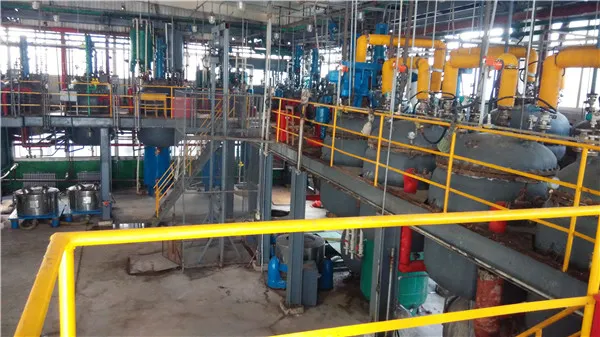Coagulation and Flocculation in Water Treatment
Water quality is a crucial aspect of public health, and the treatment of water to remove impurities is of paramount importance. Two fundamental processes in water treatment are coagulation and flocculation. These processes are essential for the removal of suspended solids, colloidal particles, and various organic contaminants, thus ensuring clean and safe drinking water.
Coagulation is the first step in this treatment process. It involves the addition of chemical coagulants, such as aluminum sulfate (alum) or ferric chloride, to the water. These coagulants destabilize the suspended particles by neutralizing their charges. Many impurities in water carry a negative charge, which keeps them dispersed and prevents them from clumping together. When coagulants are introduced, the positive charge of the coagulants neutralizes the negative charges of the particles, allowing them to agglomerate. This process reduces the electrostatic repulsion between particles, facilitating their collision and eventual aggregation.
After coagulation, the next step is flocculation. This process involves the gentle mixing of water to encourage the newly formed aggregates, or flocs, to bind together into larger clusters. Flocculation is typically performed in a series of mixing tanks where water is slowly stirred, allowing the smaller flocs to collide and adhere to one another. The formation of larger flocs increases the efficiency of subsequent solid-liquid separation processes, such as sedimentation or filtration.
coagulation and flocculation in water treatment pdf

The effectiveness of coagulation and flocculation can be influenced by several factors. The type and dosage of coagulant used, the pH of the water, temperature, and the mixing conditions all play significant roles. For instance, the optimal pH for coagulation depends on the specific coagulant used and the characteristics of the water being treated. It is crucial to monitor these parameters to achieve the best results in removing contaminants.
Once the flocs have formed, they can be removed from the water through sedimentation or filtration. In sedimentation, flocs are allowed to settle at the bottom of a tank due to gravity, forming a sludge that can be disposed of. Filtration involves passing water through various media, such as sand or activated carbon, which capture the flocs and other impurities.
The importance of coagulation and flocculation extends beyond just clean drinking water. These processes are also vital in treating wastewater and in various industrial applications, such as in the pulp and paper industry, food processing, and oil recovery, where the removal of solids and other contaminants is necessary.
In conclusion, coagulation and flocculation are integral processes in water treatment that significantly enhance the quality of water for human consumption and environmental protection. By effectively removing suspended solids and impurities, these processes contribute to public health and ensure compliance with regulatory standards. Continuous research and development in this field aim to optimize these processes and explore more sustainable coagulant alternatives, thus further improving water treatment methods worldwide.

